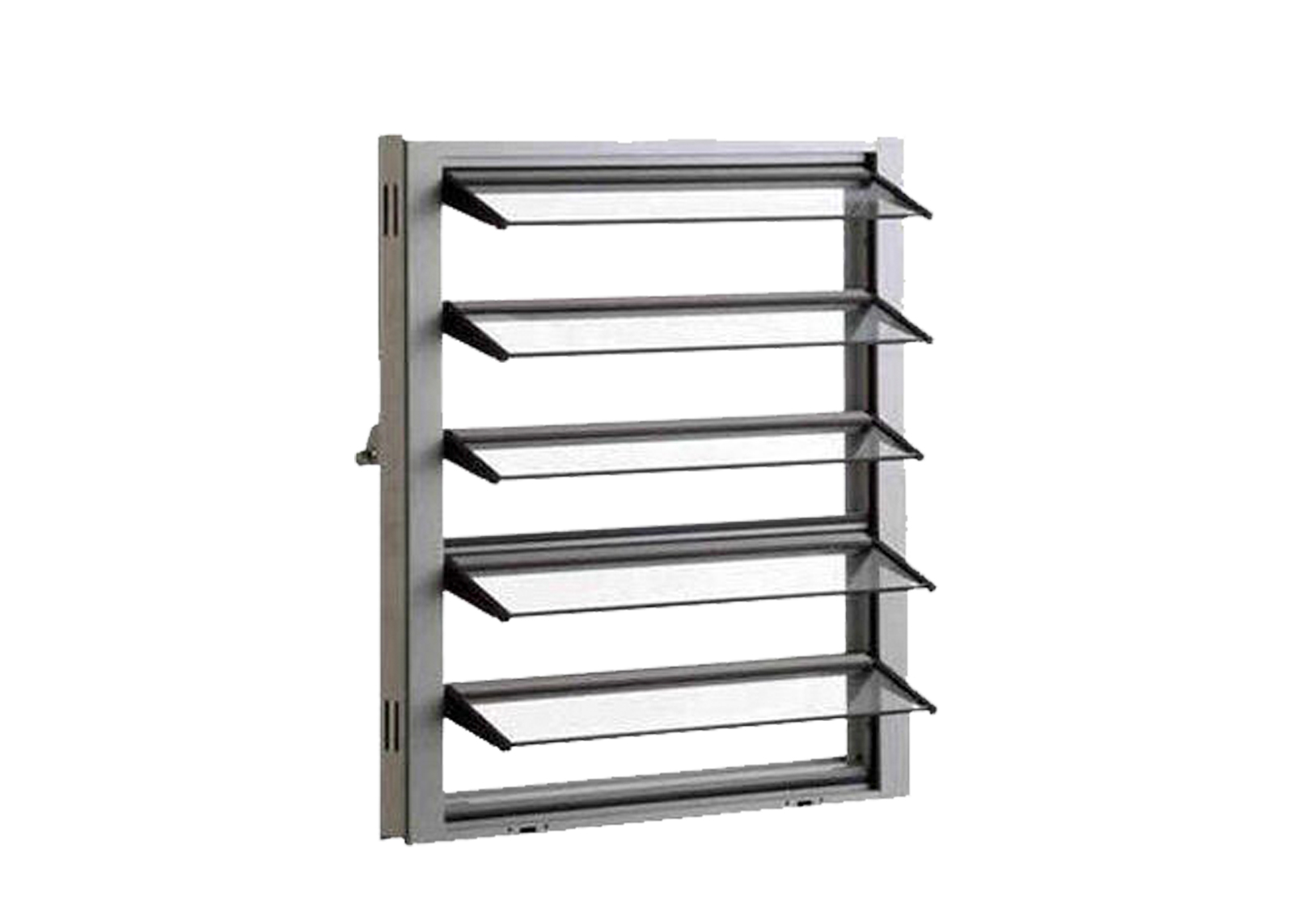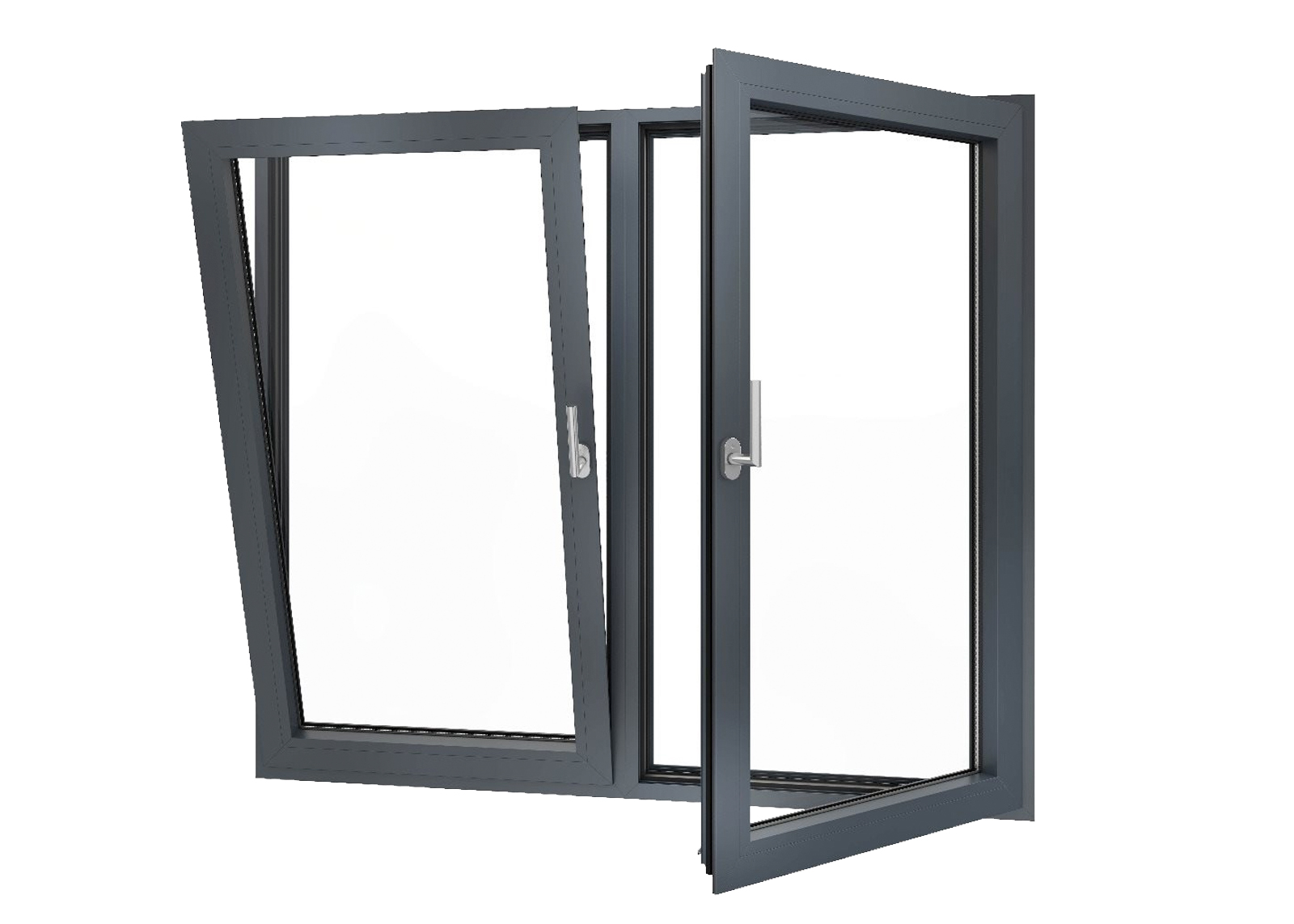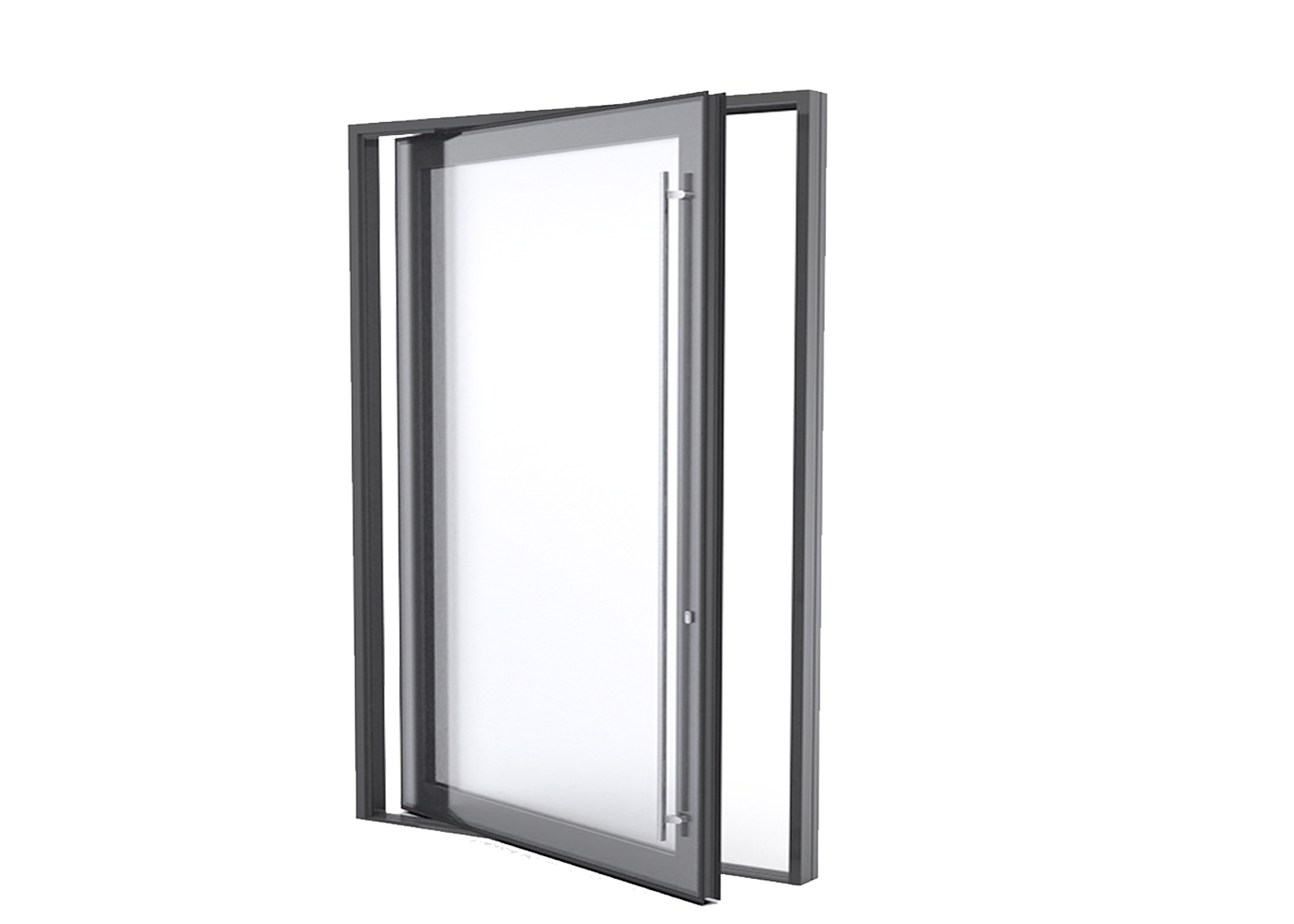Transform Your Home: Embracing Low-E Glass Windows and Doors
Low-e glass is a type of
energy efficient glass that can help to reduce energy consumption and bills. It
has a special microscopic coating that can reduce thermal transfer and retain
heat in the room. In winter, this will retain heat and warmth in the room and
in summer, will keep heat out of the room. Read about what is low-e glass and
the benefits when used in a window.
What
Is Low-E Glass?
Low-emissivity, or low-e glass, as it is better known, is a glass that has a near-invisible metal-based coating.
A low-e coating is a layer
of silver and metals, this enables a reduction in the transport of heat or cold
through the glass. Think of it as an invisible insulation barrier for your
windows.
Just as wall and ceiling
insulation provides protection to those areas, Low E glass does the same for
glass. Coated glass helps provide a more comfortable temperature in a room,
more window area can be used as an added bonus, and heating and cooling costs
are reduced. Combining better insulated products into our homes makes sense and
contributes to reducing greenhouse emissions.
How Does Low-E Glass Work?

Low E glass works because of an application of microscopic layers of a reflective coating on the glass. The 'E' stands for emissivity, which allows a material (in this case, the coating) to radiate energy. So, homes and buildings with Low E glass windows are able to keep the heat in during cold winter months, and let it bounce off during warm summer months.
Think of Low E glass like the silver lining inside a thermos. When warm items are inside, heat bounces off the silver lining and reflects back inside the container to keep contents warm. This would be just like heat inside your home during the cooler months of the year. And, the opposite applies when you have cold items inside the thermos - heat doesn’t penetrate through the silver lining. So in the summer months, the outside heat can bounce or reflect off the Low E glass window, keeping your home cooler and reducing overall cooling costs.
How Low-E Glass Is Made?
There are two types of Low E coatings - Hard Coat Low E and Soft Coat Low E
Hard coat Low E (Online Low E)
A hard-coat Low E glass is a version of the coating which is applied to the glass when it is just coming out of the furnace. The coating is fused onto the glass as it cools down.
Considerations for hard coat Low E glasses include:
The coated side of the glass must be installed to the interior of the building to protect the coating – window installers and glaziers will know this and should ensure the glass is glazed into the building or frame accordingly.
All glass is produced as a finished product and can be prone to construction damage, Low E glass is no different. So, it must be protected once fabricated, transported and installed on site.
In certain daylight conditions, a phenomenon called haze may be visible – this is a characteristic of the coating’s interaction with the light and not an issue with the glass.
Soft coat Low E (Off-Line Low E)
A Soft Coat Low E is when the coating is applied to the glass after it has gone through the float line process and has cooled down. Soft coated glass must be enclosed within a double-glazed unit for longevity and added performance.
Considerations for soft coat Low E glasses include:
As this product needs to be enclosed in a double-glazed unit you get a better performing product. So, you can have bigger windows with more energy efficient outcomes.
Double glazing cleans like ordinary glass because the coating is enclosed within the unit.
Double glazed units do need to be installed a certain way to support their performance, your window installer or glazier should ensure this when building your windows.
Soft coats do not have the haze characteristics hard coats do, so if this is a concern it’s worth considering for your project.
Soft coat low e glass has a higher level of energy efficiency compared to hard coat low-e glass, At ROPO, we supply soft coat low e glass windows that is coated on the inside of double and triple-glazed units.
Low-E Glass Windows and Doors Benefits
Energy Savings
With traditional windows and doors, I often found myself cranking up the heat in the winter and blasting the air conditioning in the summer. However, since upgrading to Low-E glass, I've noticed a significant decrease in my energy bills. These windows and doors help regulate indoor temperatures, keeping my home warmer in the winter and cooler in the summer without overworking my HVAC system. It's a win-win for my wallet and the environment.
Comfort Boost
Living in a region with extreme weather fluctuations, maintaining a comfortable indoor environment used to be a challenge. Drafts and uneven heating or cooling were constant nuisances. But with Low-E glass, those problems are a thing of the past. These windows and doors provide consistent temperatures throughout my home, eliminating hot spots and cold drafts. Now, whether I'm relaxing by the window or entertaining guests, I can enjoy a comfortable atmosphere year-round.
Protection from UV Rays
I love natural light streaming into my home, but I was always worried about the sun's harmful UV rays damaging my furniture and flooring. Low-E glass offers UV protection, preventing fading and discoloration of interior surfaces. Now, I can bask in the sunlight without worrying about the long-term effects on my belongings. It's a small change that's made a big difference in preserving the beauty of my home.
Peace and Quiet
Living in a bustling neighborhood, noise pollution was another concern. However, Low-E glass has proven to be an unexpected solution. These windows and doors act as a barrier to outside noise, creating a quieter, more serene indoor environment. Whether it's traffic noise or neighborhood chatter, I can now enjoy moments of peace and tranquility in the comfort of my own home.
Environmental Consciousness
As someone who cares about the environment, choosing sustainable home upgrades is essential to me. Low-E glass not only reduces my carbon footprint by lowering energy consumption but also aligns with my commitment to eco-friendly living. By investing in these energy-efficient windows and doors, I'm doing my part to create a greener, more sustainable future for generations to come.
ROPO dedicate to custom windows and doors solutions more than 16 years. With our extensive range of low e glass windows and doors, you can elevate your space while minimizing energy consumption and environmental impact. Contact us today to get your energy efficiency windows and doors .































